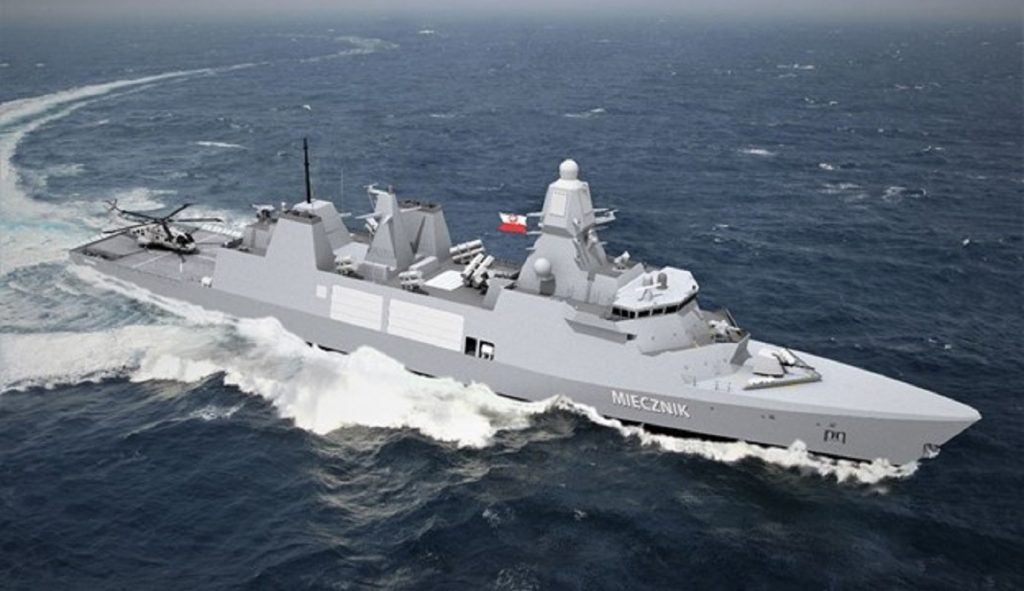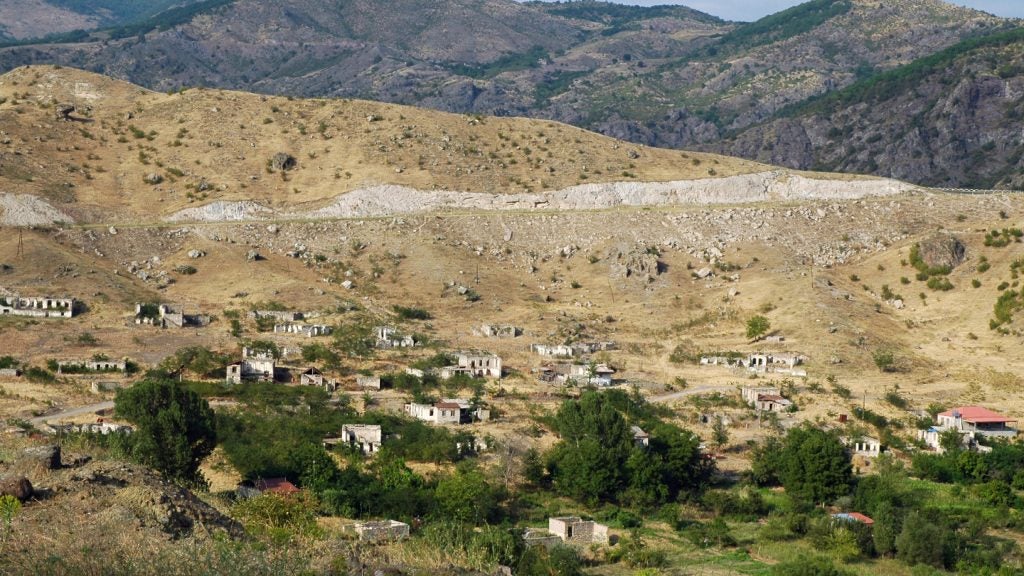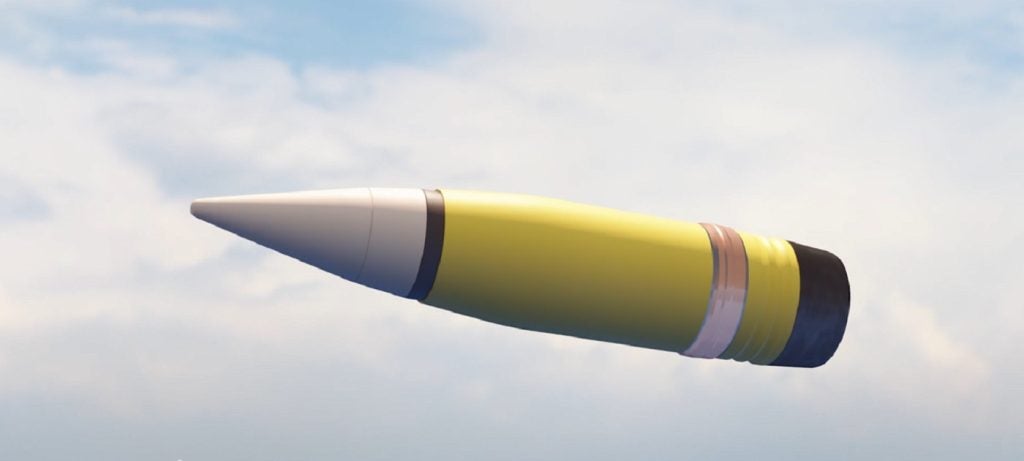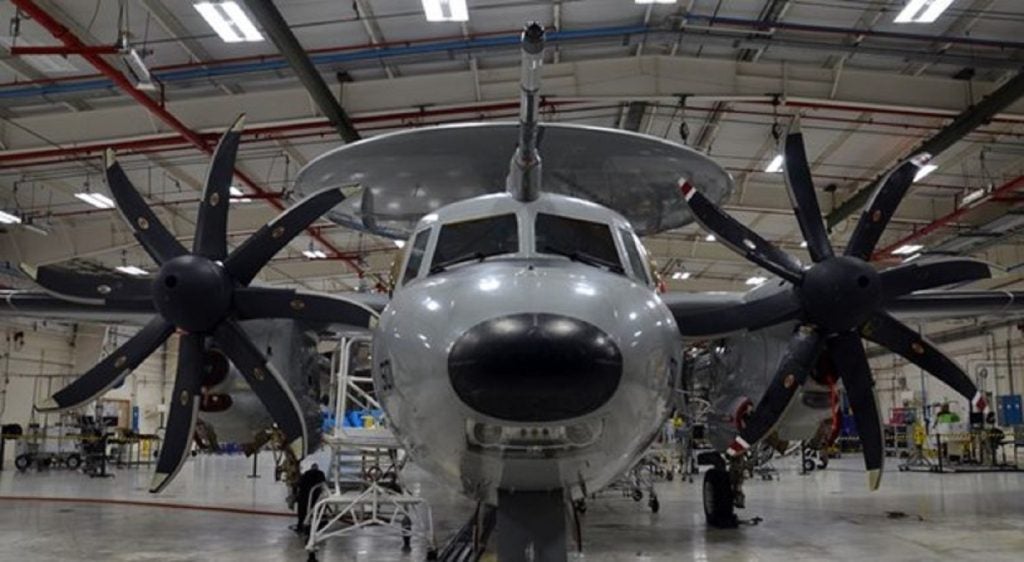Poland’s state-owned defence group PGZ is another original equipment manufacturer (OEM) - including the UK, US and others - that have opted to integrate the Tacticos combat management system (CMS) for its new fleet of three Miecznik class frigates; the first of which is expected to enter service in 2029.
Thales’ CMS is a modular command and control system of systems that supports the Polish Navy’s sensor suite, picture compilation, situation assessment and weapon control.
Tacticos combines Combat Operations and Maritime Security Operations in one CMS, enabling the implementation of a wide range of tasks at sea, including securing sea communication lines and critical infrastructure.
Miecznik class is an all-encompassing naval solution
The Miecznik class is an all-encompassing solution that adopts various naval elements from around the world. “The contract provides a solid foundation for joint endeavour and the tremendous value that can be achieved through collaboration is a key aspect of strategic partnership,” said Cezary Cierzan, Department of Maritime Technologies Director at PGZ.
In the spirit of global collaboration, the OEM has based the Polish warships on the Arrowhead 140 (AH140) light frigate design, conceived by the British defence prime, Babcock, for the UK Royal Navy’s Type 31 frigates – for which the keel of the first vessel, HMS Active, has recently been laid in Rosyth on 17 September.
“As one of our closest allies, we continue to strengthen our partnership with Poland to help ensure European security,” James Cartlidge, the UK Minister for Procurement stated. “These new Polish frigates, equipped with some of the best of British industry behind them, will be a formidable addition to Poland’s fleet, bolstering Nato’s capabilities.”
In addition, PGZ will now employ the Tacticos technology, which is used on board more than 200 ships, across 25 navies. These include the Royal Navy, the US Navy and sea services in Asia, Europe, the Gulf region, Latin America, the Middle East and North Africa.
Capabilities for Maritime Security Operations are also commonly developed with the Software House of the Royal Netherlands Navy.
As part of the integrated CMS, Thales have also provided the Sea Master 410 Block 2 – which provides long-range air and surface surveillance, helicopter control and weapon control functions at a range up to 400km – as well as NS58 radars, and the Artemis 360-degree infrared surveillance and tracking system.
Further, as part of anti-submarine warfare tasks, the Miecznik frigates will use the BlueHunter under-keel sonar and the Captas-2 towed sonar, ensuring multi-level operational awareness of the underwater situation.
Poland's geostrategic priorities
Poland only has 641 miles of coastline and has never historically been a naval power. However, the republic’s proximity to the Russian exclave of Kaliningrad and strategic access to the Baltic Sea means investment in the Polish Navy continues, albeit less so than in the Army and Air Force.
GlobalData projects Polish defence spending on frigates – the government’s eighth largest expense – to grow from $120m in 2023 to $810m in 2028. As we see from the Miecznik programme, this will largely pay for advanced capabilities as opposed to expanding its existing frigate force structure of two Oliver Hazard Perry class frigates bought from the United States between 2000-02.












